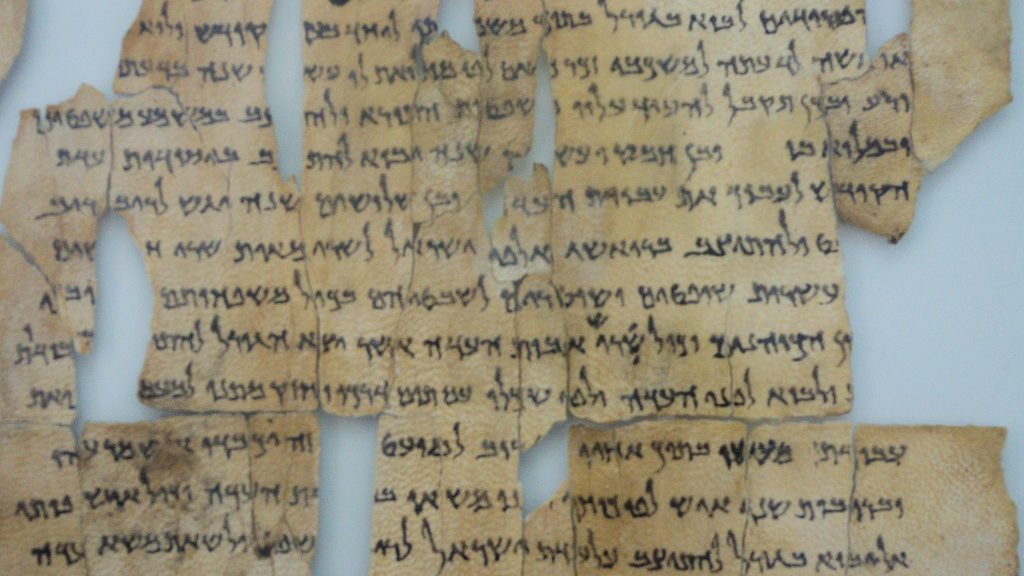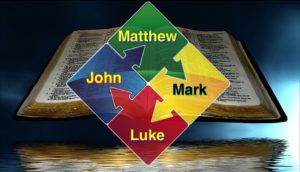“All people are like grass, and all their glory is like that of the field; the grass withers and the flowers fall, but the word of the Lord endures forever”—1 Peter 1:24,25 NIV
Any book copied by hand is likely to contain errors. Not surprisingly, there are copyists’ errors (called textual or scribal errors) in ancient Biblical manuscripts. The original copies of the books were lost long ago. Thus our sources for the Biblical materials are limited to handwritten copies (of copies) of the originals. We do also have access to copies of ancient translations of the Bible into other languages, as well as citations of the Bible by early rabbis and church fathers. Thus Hebrew and Greek manuscripts of the Bible, together with early translations and citations of Scripture, witness to the correct reading of a particular text.
How did scribal errors arise? Poor memory, impaired judgment, mishearing and errors of sight or misunderstanding often caused the best-intentioned scribes to omit, substitute or repeat letters or entire words. Sometimes scribes made matters worse when they deliberately altered the text in an attempt to rectify something they perceived as a problem (deliberate alterations are probably very rare, however). In time, the result was a series of accidental corruptions or intended improvements that departed from the original text.
Textual criticism is the attempt to restore the Biblical authors’ original words by comparing and contrasting the various copies and translations of the Bible. Here “criticism” does not mean “finding fault with” but “evaluating” the existing copies of the text. Significantly, while textual errors do exist among the ancient Biblical witnesses, they do not destroy the Bible’s credibility or message. Just as an alert reader can understand a book or newspaper article that has typographical errors in it, so too God’s Word is able to speak for itself in spite of the minor corruptions that have arisen through scribal transmission. The vast majority of the Biblical text is certain, and where variations do occur among existing copies, the original wording can usually be determined with a good degree of certainty by a thorough acquaintance with the available manuscripts. Most modern translations use footnotes to let readers know where the text is difficult or where scribal errors may exist.
An example of a textual problem is found in the last sentence of Isaiah 51:19. The New American Standard Bible translates the question “How shall I comfort you?” while the NIV words it “Who can console you?” (emphasis added for both translations). These different renderings reflect a difference of opinion over which manuscripts preserve the best reading. The NIV follows a reading that is found in a Hebrew manuscript from the Dead Sea Scrolls. This translation is also supported by the Greek (Septuagint), Latin (Vulgate) and Syriac (Peshitta) translations of the Old Testament. On the other hand, the standard edition of the Hebrew Old Testament (the Masoretic Text) reads “How can I comfort you?”and was followed by the NASB translators.
The above example also makes the point that most scribal questions involve minor points in the text. We have good reason to be confident that the translations now available faithfully, albeit never perfectly, reflect what the prophets and other Biblical authors originally wrote. The presence of scribal errors is not a reason to consider the Bible untrustworthy, because refined Hebrew-Aramaic, and Koine’ Greek Master Texts use a compilation and collation thousands of ancient manuscripts to derive a Biblical text that faithfully represents the originals. God said he would preserve his word, and he has!
Main Source: New International Version Archaeological Study Bible



